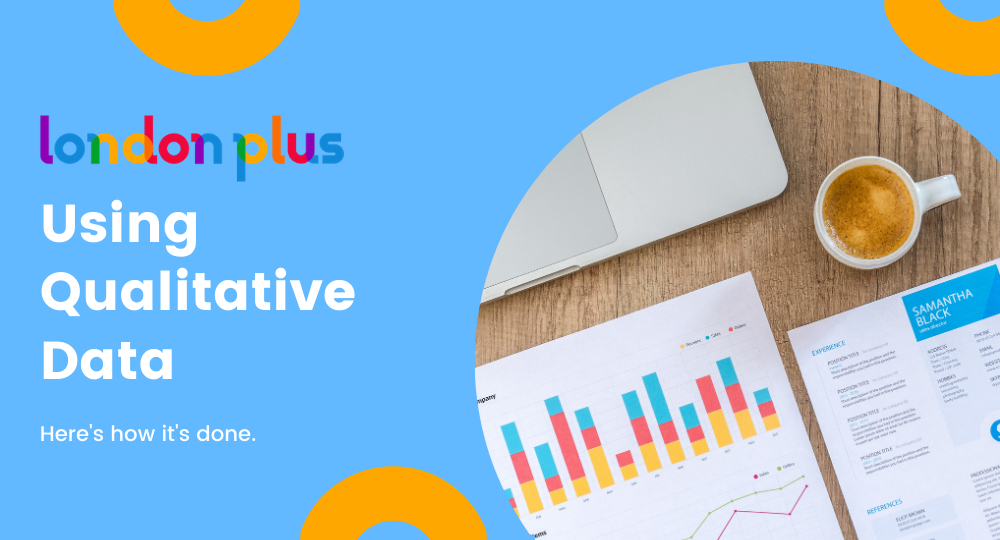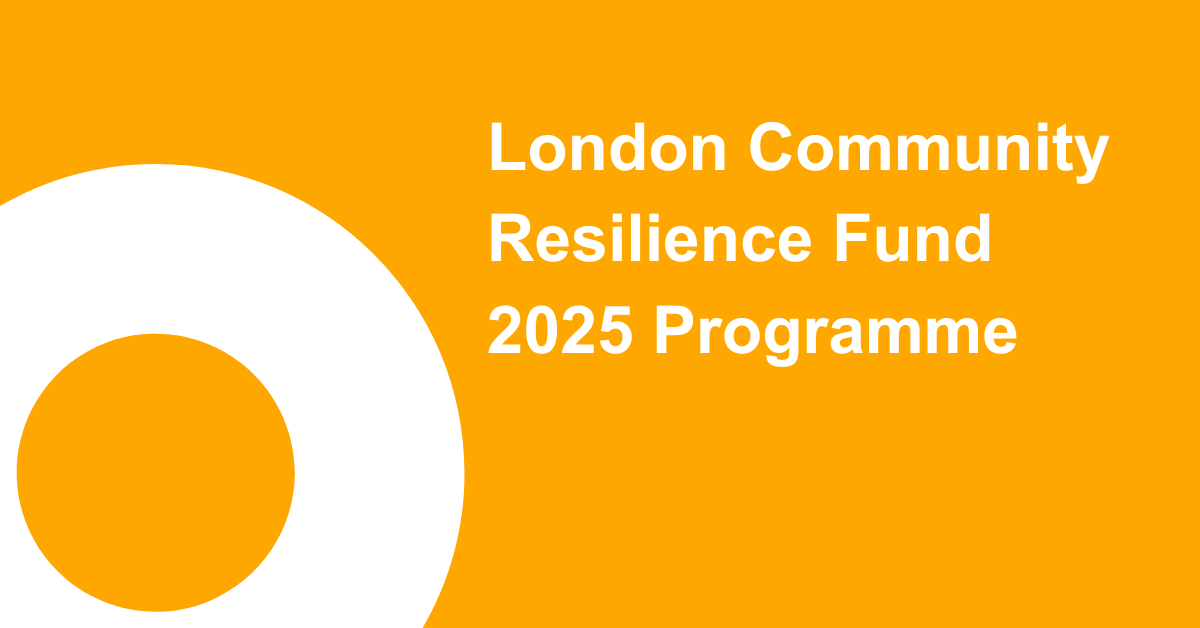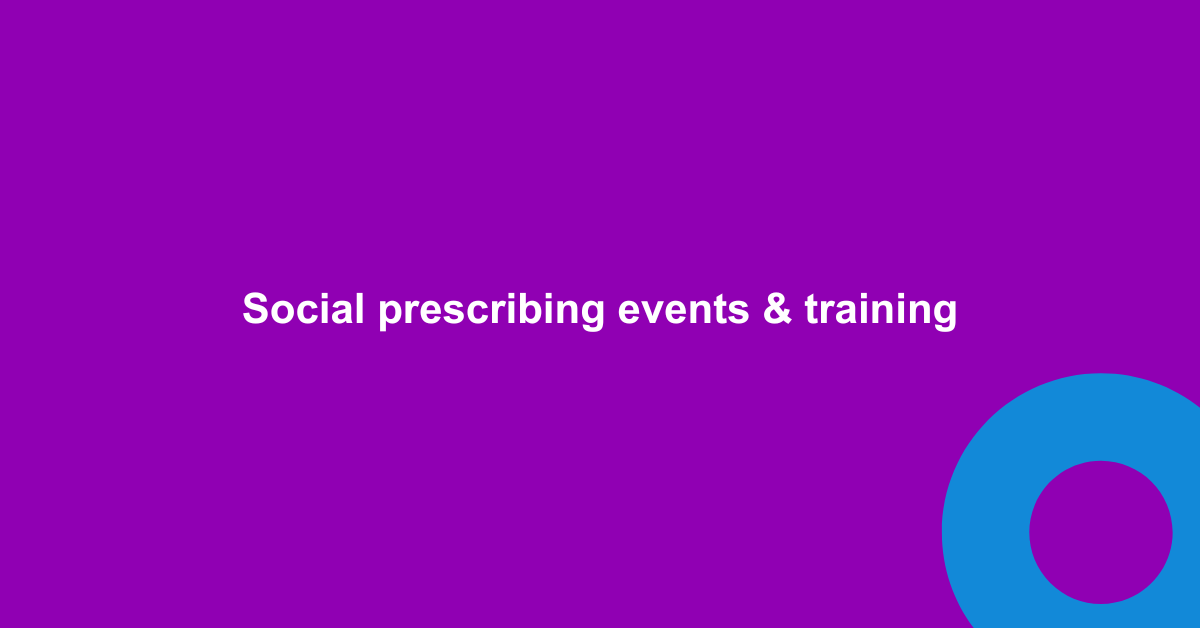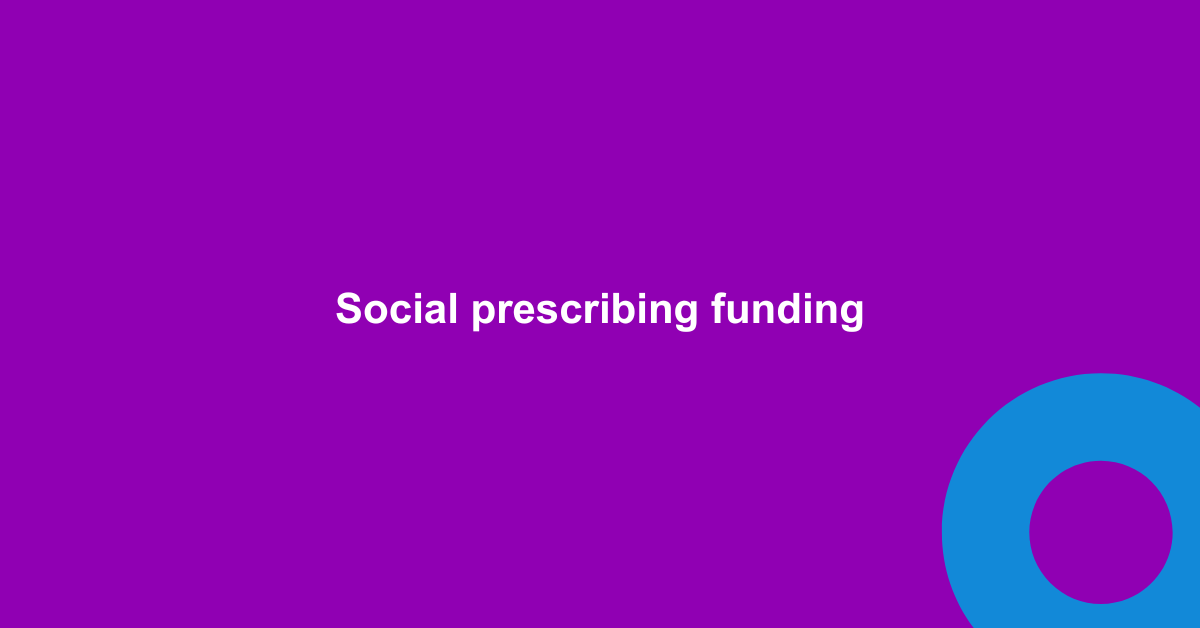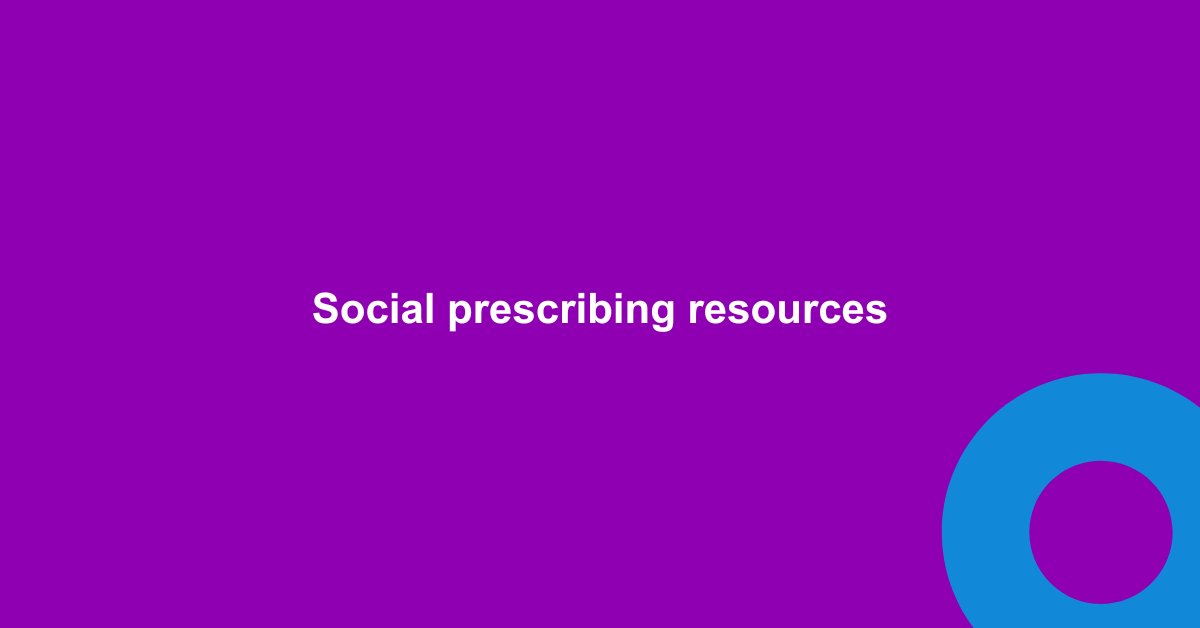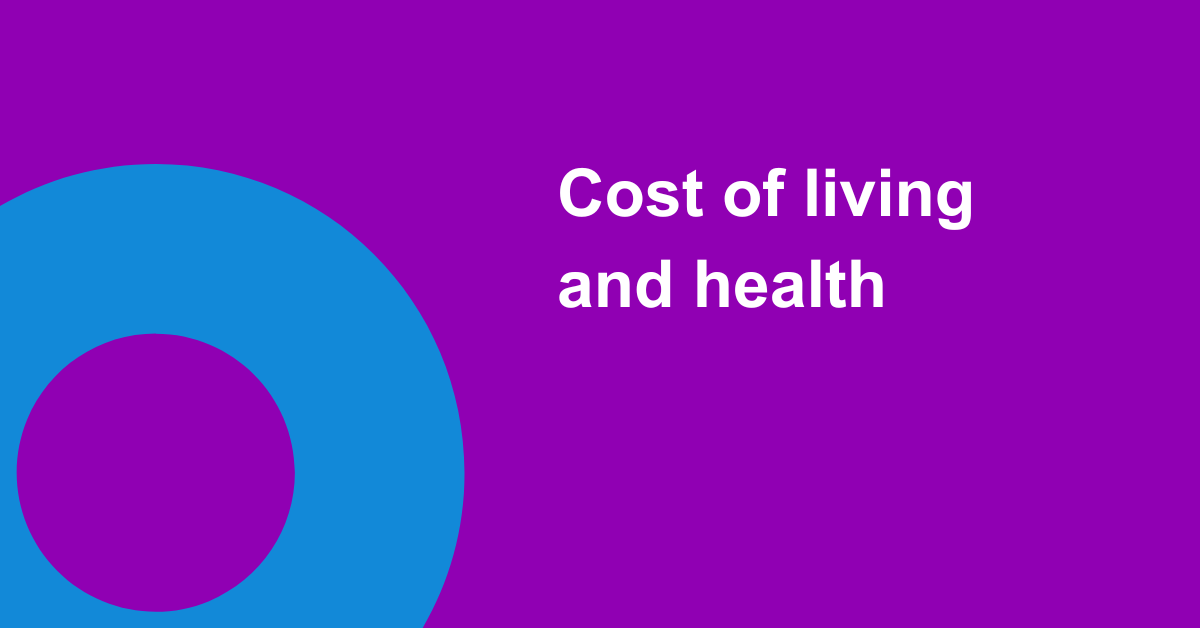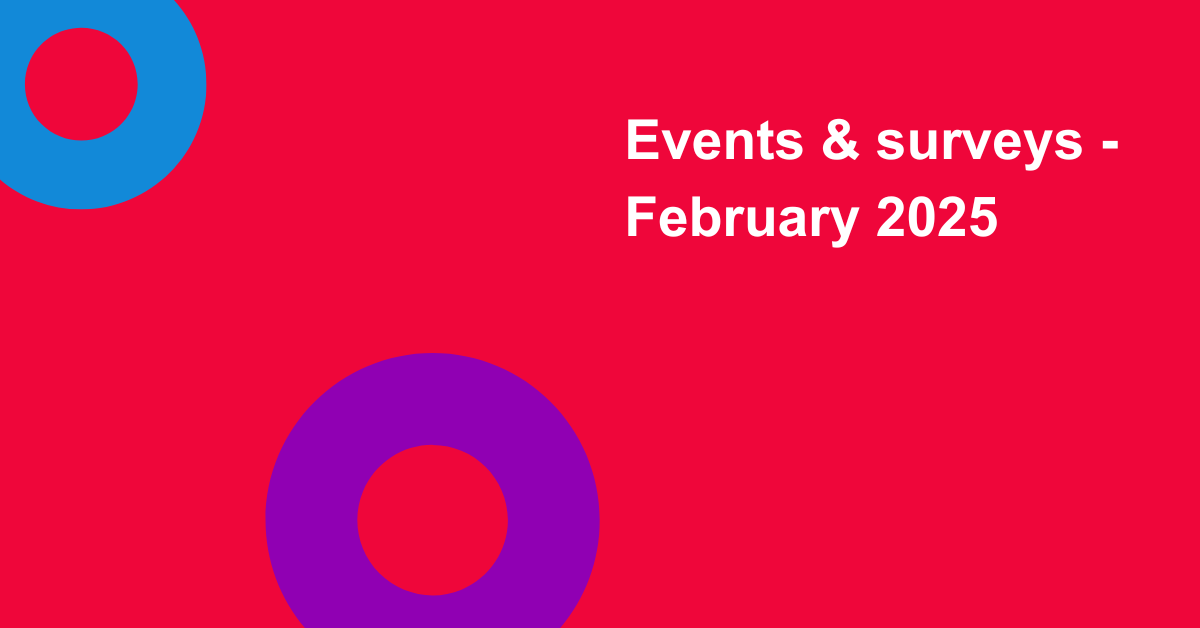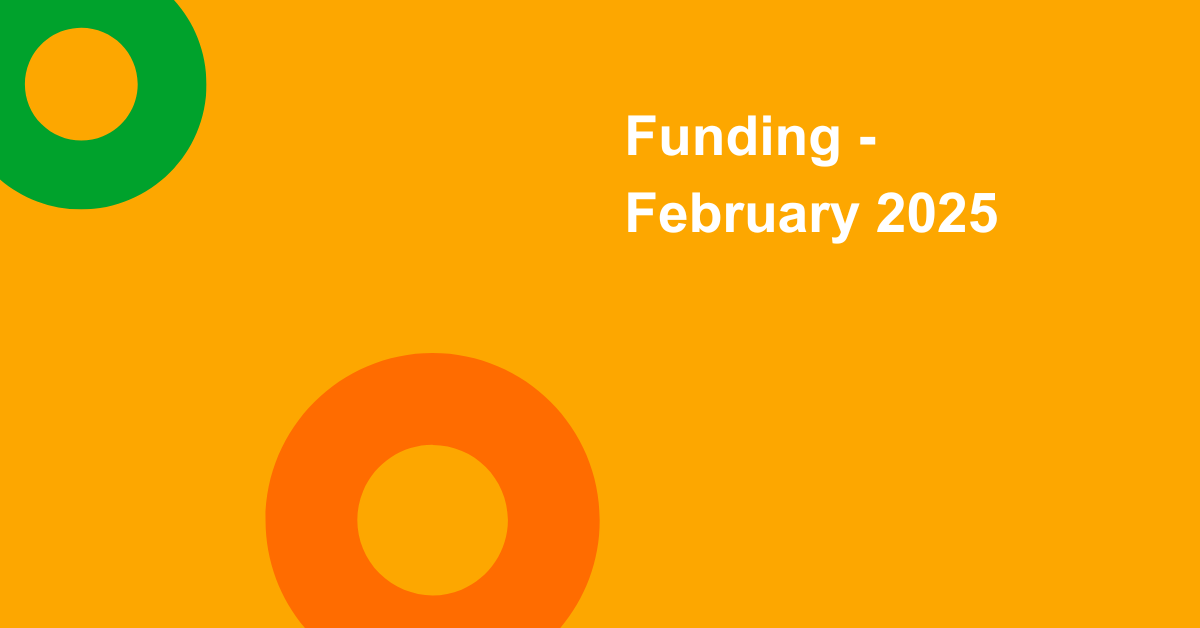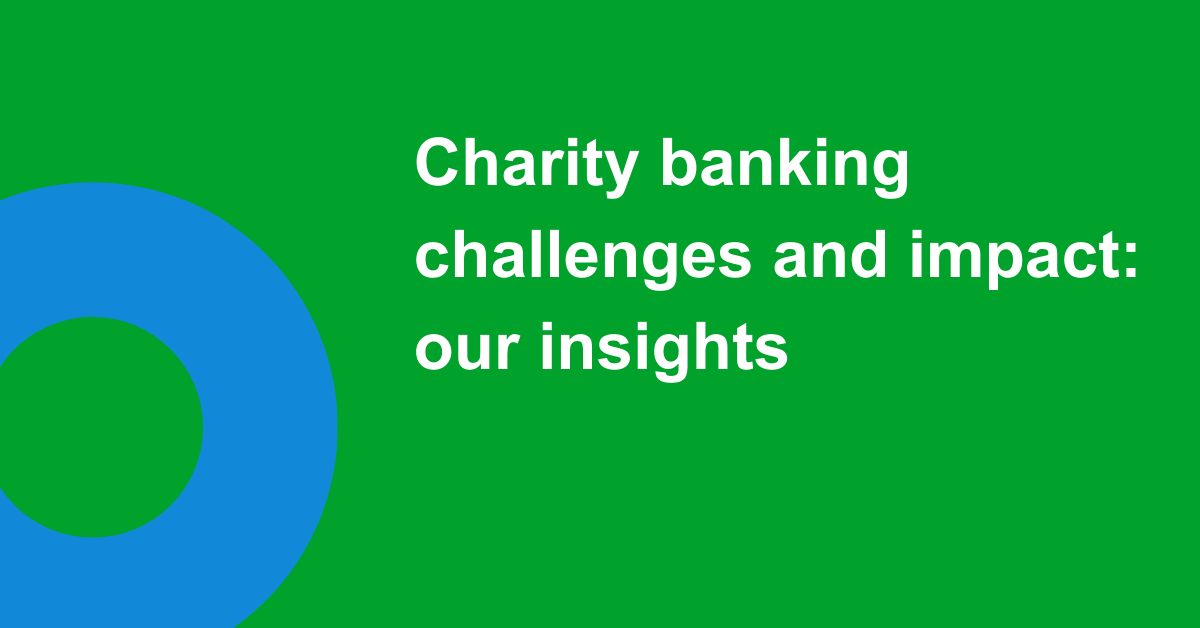London Plus and colleagues from Coalition for Efficiency, HEAR Network and Superhighways have recently launched a training series called ‘Qualitative Data Essentials’, delivered through the DataWise London scheme. The aim of this training series is to provide London’s civil society sector with the skills, resources, tools and support they need to develop their qualitative data skills. To find out more about the series, read our previous blog and sign up for future sessions here.
In this second article of the series Lucy lists her top tips for learning the basics of qualitative data analysis. Read on for more guidance about how to start your qualitative data journey.
Top Tips for Qualitative Data Analysis
This article assumes that the data you have is GDPR compliant. GDPR principles apply to all qualitative data handled by the researcher and their organisation. Click here for more guidance.
1. Establish which kind of qualitative data source you’re working with.

It’s seems rudimentary but it’s a fundamental step towards effective analysis. When looking to analyse your data, begin by asking yourself what type of qualitative data you’re working with.
Did you create this data, has it been generated by your organisation somehow? i.e is this a feedback form, a meeting or interview recording, a thread you started online?
Or is this data an example of something that already existed, a piece of data that your organisation has gathered? i.e emails, comments on WhatsApp or Facebook, a testimony provided by a beneficiary?
If in doubt, consider the following: did I ask questions to get these answers? If so, you’re working with a generated data source.
This advice might not seem useful at first, but asking yourself these questions now will make the later analytical steps much easier.
2. What type of qualitative data do I have?
Again, another seemingly obvious point. But this one is perhaps more important.
When doing qualitative data analysis, the analytical tools you use depend on the type of qualitative data you have. For example, audio-visual analysis techniques (such as oral history approaches) are not going to be very useful for text.
Ask yourself the following. Is my data source audio-visual? Or is my data source textual?
If you’re working with audio-visual material, you will want to think about the recording’s main themes ie. what sort of topics keep popping up in the discussion?
This can be tricky, especially if you haven’t got a transcript from your recording. I would always recommend converting your audio into text, if you can. Otter.ai has free features which enable you to do this with short recordings. Once you’ve generated a transcript, you can use the Grounded Method* and then mind map your themes out using a free software such as XMind. This will help you to identify the mains themes, making it easier for you to then edit your recordings/videos accordingly into bite sized, accessible chunks.
*The Grounded method is an approach whereby the analysis approaches their text with no preconceptions or presumptions about the contents. This enables the analyst to be open to surprise, making it easier to identify emergent codes and themes.
The same advice applies to textual materials, which in this case might mean a survey. How can you find key terms, recurrent words and phrases? Online tools like Survey Monkey, Mentimeter and Otter.ai can do this for you by generating word clouds. If you haven’t got access to this software, I recommend downloading the free, unlimited trial of Atlas.ti and using its word cloud feature.
If you want to learn more about the technical and advanced aspects of working with audio-visual and textual data sources, download our PDF guide at the bottom of this page.
3. Write down your key questions

Write down the top three or top five questions you’re hoping to address or answer with the data you have. Writing these down can guide you through the editing process, reminding you of what to keep and what to cut. It seems a really obvious point, but anyone who has worked with qualitative data knows that editing is much easier said than done.
It’s a common problem. Too often, when you have a piece of data such as an interview or an archive of compelling images, it’s really hard to know what to present and what to keep for yourself. That’s because most of the time, what you’ve got is just too good! (We’ll cover this under the next tip).
Do NOT throw what you don’t use away- never ever!
Another titbit of advice here- if you can, try not to throw data you don’t use away. Things that don’t make the cut, and any notes that you’ve generated around them, should always be kept for another time. You never know when these resources could be useful. When I was writing my thesis, I found that quotes I had kept aside had a renewed value in-light of breaking news around my topic.
The very same can be said for any qualitative data orientated project. Your data is never “the wrong answer”, so there’s no need to throw it away! Keep it stored away safely for another day.
Your data is never “the wrong answer”, so there’s no need to throw it away!
4. Evaluating your data findings (why peer review is key)
Strictly speaking, it isn’t possible to be “biased” in the context of qualitative data. Bias is a very quantitative concept. The criteria used by data scientists to evaluate bias in their research is simply not applicable to the kind of qualitative data we work with. Concepts like validity, replicability and accuracy have important functions, but they’re not suitable for evaluating the overall quality of qualitative research- hence we tend to use our own criteria (NCVO 2018).
Here a few points to consider when evaluating your findings:
Have you reached a saturation point within your data?
Mapping out your key questions, themes and quotes will help you not only to analyse but also to evaluate a piece of qualitative research. Logging this information is key because you to identify when you’ve reached the end of the analytical process- when you’re no longer able to “soak up” anything new from the data, otherwise known as reaching a point of saturation.
Are you “too close” to the data?
It is easy to become “too close” to your qualitative research. When we take on these projects, they are often something we care about very deeply- but sadly, this can affect our ability to read between the lines when it comes to interpreting our qualitative data.
Remind yourself of the key questions you seek to answer with your data.
Unlike numbers, images, speech and text are contextually bound. That is to say, qualitative data comes with baggage. . As a result, it is easy to read too much into your data and misinterpret what was said.
There is no right or wrong way to strike a balance between the context and what was said or written, but a good place to start is to remind yourself of the key questions you seek to answer with your data.
Is your data “realistic”?
Consider whether your answers are credible to the audience you’ll be presenting your research to. Ask yourself: are my findings realistic? A good way to evaluate this is to look for negatives in your data. Providing a balanced view on something requires accounting for the negatives, whilst also showcasing the positives.
Avoid creating a story or situation where things seem too good to be true- or too much in agreement with the topic at hand. In cases where this balance may not be applicable (i.e studies of victims or other vulnerable groups), try to opt for range of opinion.
Sometimes, recruiting a balanced sample of participants initially- i.e victims from various backgrounds, case workers and other professionals- can provide variety, enabling you to build a compelling case.
If in doubt, ask someone else to help out.
Another obvious point, but asking a colleague or even a participant to review what you’ve written can be a very effective way of evaluating your research. When asking someone else to feedback on your findings, avoid giving them any notes you have taken about your analytical process i.e how you arrived at a particular set of conclusions. This “blind” reading will help you establish whether you are “too close” to the data.
Sometimes, in the context of gathered data, asking the participants for their feedback is not always possible. Instead, opt for colleague’s feedback and look at similar published studies. Have other people reached a similar conclusion? If so, you’re most likely correct.
Participant Review

Often, I have found that asking your participants to review what you’ve written about them a very useful exercise. This is because they know better than anybody else what they said at the time and what this meant. If you’ve misinterpreted anything, your participants can tell you so. But asking for editorial time from participants can be challenging because you are asking for even more of their time.
It’s also important to note that if your data covers a sensitive topic or raises difficult questions, it can be considered unethical to ask your participants to revisit or recall these experiences over and over again. You can therefore avoid any ambiguity by asking participants during the research stage whether they would like to follow up and review what was written. If they provide consent, then you’re good to go. Getting a colleague to review the data, though, can still be useful and I would recommend it.
5. Look to use a variety of resources in your research
There is no doubt about it- the best research has “range”. No, not the 1-100 kind of range- the interesting kind! i.e where a range of resources prove a point.
Sampling for range
Sampling for range is easier than it sounds. When generating your data, select participants from a variety of backgrounds, and with a variety of perspectives on a topic of interest. Similarly, when using gathered data, build your archive from a variety of resources (i.e WhatsApp, Facebook, forums, emails etc).
You can also use both generated and gathered data in a case study, but make sure to analyse each type accordingly to form (i.e audio requires a different approach to text, and so on).
Referencing the wider literature
Referencing the wider literature is also a must. Where applicable, draw on findings from other studies to reinforce the points you are trying to make. Furthermore, quantitative data can really help you to illustrate the main findings from your research. Using your qualitative data to provide context behind a commonly cited headline statistic is a great place to start.
Combine with quantitative data, where applicable
Alternatively, creating a dashboard with internal quantitative data you might have on a topic is also effective. Using a dashboard and any visual materials you’ve been able to generate from your data, such as word cloud, works brilliantly to provide colour to any quantitative data you may have on a topic. This works particularly well if you’re trying to demonstrate something like impact.
6. And finally… remember that data analysis takes time.

The tips I’ve shared with you in this guide should help to keep your analytical process on track. However, it’s worth remembering that any sort of in-depth analysis takes a lot of time. Analysis is hard work. It requires trial and error. Falling down a few rabbit holes is totally normal and, in most cases, a necessary step towards learning how to create a compelling piece of research.
So, without further ado, my main takeaways are:
- Ask for help and advice whenever you need it
- Don’t be afraid to get stuck in
- Have fun along the way
- And when it’s complete, make sure you take the time to enjoy and appreciate the fantastic research you’ve produd!
Happy analysing! (and if you can, sign up for qualitative data essentials here– see you soon )

